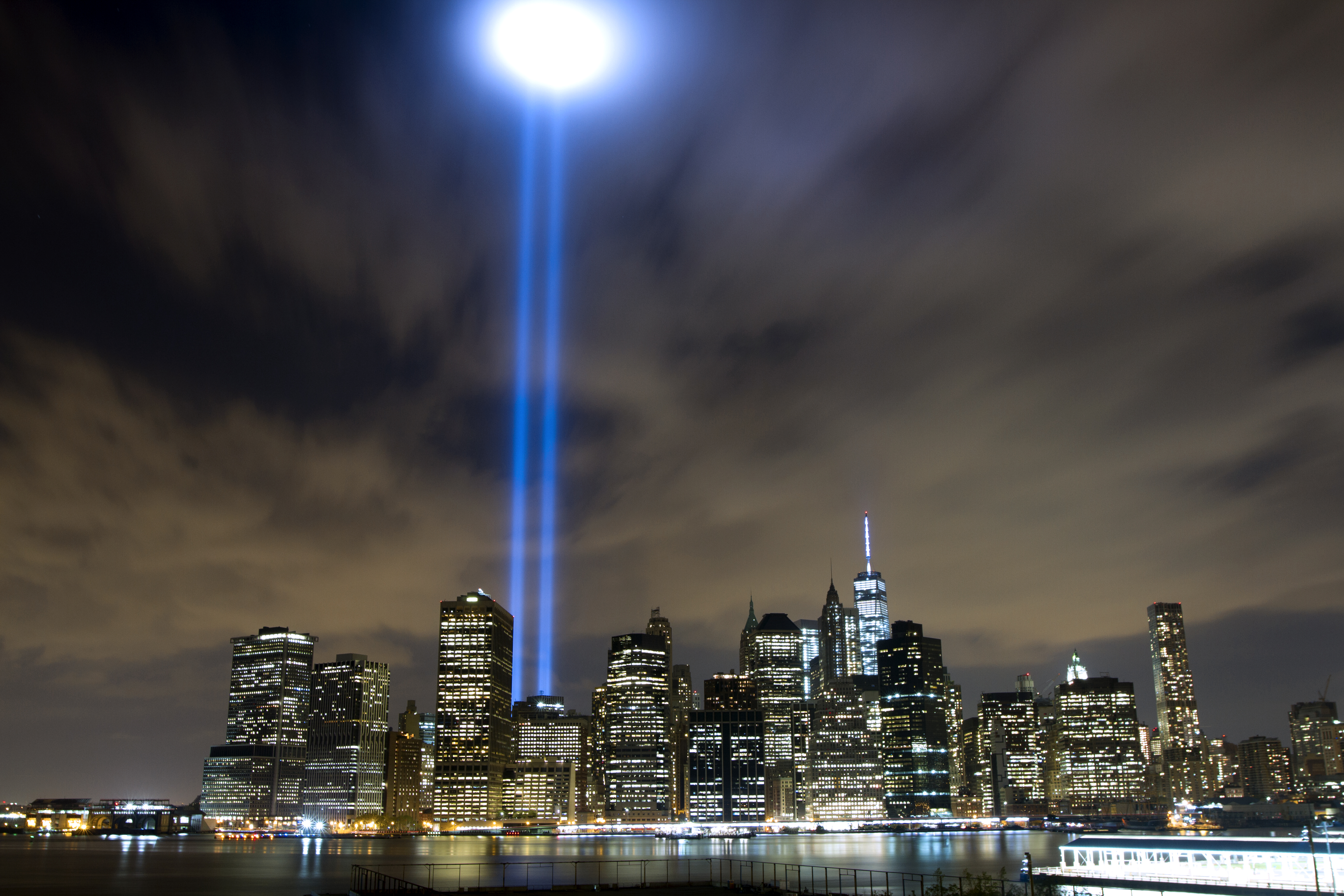What’s happening around the Gulf Coast is devastating. The death toll for Hurricane Harvey is 70 as of this writing, and Hurricane Irma, slated to make landfall in Florida this weekend, has already claimed at least 23 lives on its path through the Caribbean. The property damage boggles the mind: early estimates for Harvey range from $70 to $180 billion; prior estimates for a Category 5 storm hitting Miami have topped $250 billion—and that’s not counting the damage the rest of Florida could see from Irma. (The hurricane made landfall in the Florida Keys as a category 4, and has been downgraded to a tropical storm as it moves up the Florida peninsula.) The psychological damage that comes from disasters like these is even harder to estimate. But, thanks to the work of some very insightful therapists, public health officials and other people who study and treat communal trauma, we know something about how to help people heal when they have lost everything.
9/11 happened sixteen years ago. While that was an act of terrorism rather than a storm, the pain—and healing—that New York experienced can inform subsequent tragedies. Manhattan-based psychologist Jack Saul, author of Collective Trauma, Collective Healing: Promoting Community Resilience in the Aftermath of Disaster, is one of the leading voices in the field, and has worked with individuals and communities Kosovo, Liberia, Tibet, and New York in healing from political violence, displacement and other collective traumas. His kids were attending Public School 234, the nearest elementary school to Ground Zero, when the planes hit, and his insights about what the community surrounding the school did in the months following the attack serves an example of how people can help each other recover.
First, he explained to New York Voices, the parents who were mental health professionals set up a family support network where people could have someone to talk to about the problems they were facing. That turned into forums where people could come together and talk about issues facing the school community. They brought teachers together to talk about how they could better support each other. An insight revealed itself: “The focus was being directed primarily toward helping the kids, but the kids are actually quite resilient,” he said. It was in fact the parents, he said, who were under extreme distress, which can create an avoidant, hide-your-feelings kind of dynamic within families. “Kids look at their parents and they say, ‘well I see my parents don’t need any other burdens, I’m not going to go talk to them about some of my own feelings and issues,’” he explained. “By helping parents to address and support each other around some of the distress that they are feeling, that’s actually the best way that they can help their children, because then they can be more available to their children if they are also taking care of themselves.” It’s like airplane safety, he added: put your own mask on first, then help the child.
“This is not just an individual trauma; it’s a collective trauma,” he said of the World Trade Center attacks. “And a collective trauma really needs a collective response and a collective voice, too. So the experience—how people come to terms with these events and integrate an understanding of these events in their lives—is a collective endeavor. It’s not something that’s usually achieved individually.”
This communal working through can happen in a lot of ways. There are the aforementioned forums, but art can also play a roll: a samba group—called the Battery Drumline—sprung up at PS234 after the attacks, helping kids shake out some of their worries and also bond in the process. As Saul notes in Collective Trauma, Collective Healing, the Downtown Theater Project used theatrical performance to give people a public space to reflect on what had happened to them. Doing performing arts in that way shifts the focus from a one-on-one clinical encounter between patient and therapist to “a collaborative artistic endeavor” where survivors, artists and mental health workers can meet in a more dynamic, experiential environment to explore, share and create narratives around what happened. Rather than having psychological healing be something that occurs solely through the alliance of therapist and patient—which can also cost a ton of money—community drama gives an embodied, experiential way of accessing and working through those troubling memories. It puts them, quite literally, on a stage.
Collective trauma punctuates our lives. Extreme weather is the new normal. Like New York governor Andrew Cuomo said after Superstorm Sandy, climate change has given us “a hundred-year flood every two years.” The World Trade Center attacks are remembered for the way they ushered in an era of heartbreakingly regular violent extremism. Still, it is in our capacity to bounce back: At the start of his brilliant, life-affirming book The Body Keeps the Score: Brain, Mind, And Body in the Healing of Trauma, Boston University School of Medicine psychiatry professor Bessel Van Der Kolk observes that as human beings, “we belong to an extremely resilient species.” Since the dawn of time, we’ve rebounded from “relentless wars, countless disasters (both natural and man-made), and the violence and betrayal in our own lives.” But traumatic experiences do leave traces, he says, on our personal lives and our cultural histories, not to mention our very biology, immune systems and minds. Indeed, neuroimaging shows that trauma short-circuits the part of the brain area that gives us the embodied feeling of being alive. The key, then, after life’s proverbial and literal floods, is to become, in the deepest senses, reconnected with our bodies and with each other—to use that pain to create community, create art, and, as the poet says, give back better than we’ve been given.
This post has been updated to reflect the status of Tropical Storm Irma, which is no longer classified as a hurricane.


